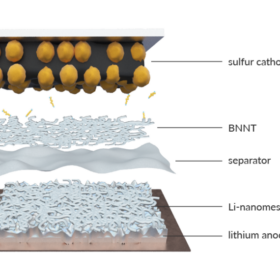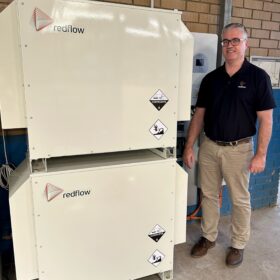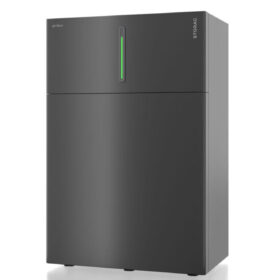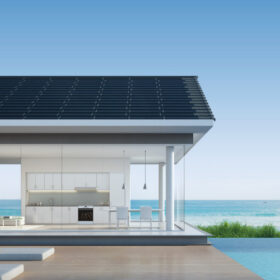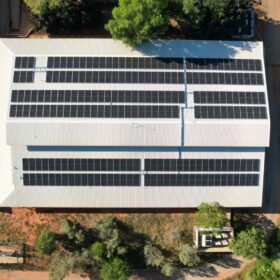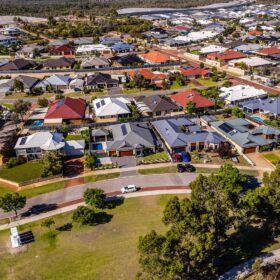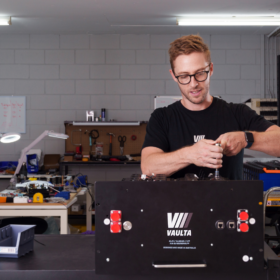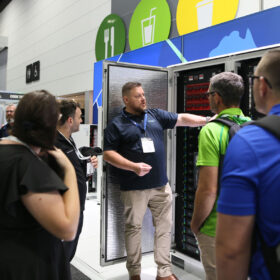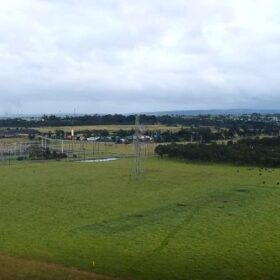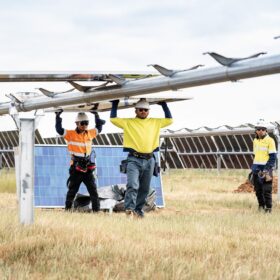Australian startup reveals 20-layer battery cell based on semi-solid li-sulfur technology
Brisbane-based Li-S Energy has developed a 20-layer battery cell utilising semi-solid state lithium sulfur battery technology. The company claims the new cell displays nearly double the gravimetric energy density and a comparable volumetric energy density to lithium-ion cells.
VPP consolidation platform seeks to remedy the sales impasse for installers
Despite their promise, adoption rates of Virtual Power Plants (VPPs) in Australia have been underwhelming. Head of Renewable Energy Finance at Plenti, Louis Edwards, says the issue stems from VPP operator’s overlooking their point of sale. “It’s too much risk the installer takes and they don’t do it,” he tells pv magazine Australia.
‘Resort’ style retirement villages set up own VPP program
GemLife, which describes itself as “luxury resort living for the over-50s,” has set up its own Virtual Power Plant (VPP), and is set to invest $75 million in coming years to rollout the VPPs across more than 10,000 homes in its property portfolio on Australia’s east coast.
Redflow commissions 30 kWh flow battery for Brisbane Council
Queensland flow battery company, Redflow, has commissioned a 30 kWh zinc-bromine flow battery for the Brisbane City Council.
German manufacturer unveils 10 kWh residential redox flow battery
Prolux Solutions has developed a redox flow battery with a charging and discharging capacity of 4 kW and 5 kW of peak power. It is designed to be coupled with PV systems in homes with high consumption profiles.
Goodwe Australia partner with BIPV specialist for new range including solar tile
GoodWe plans to bring a range of building integrated photovoltaics (BIPV) products to Australia, announcing a partnership with specialist Umax Energy. The manufacturer this month released the details of its lightweight new panel, and plans to introduce an integrated solar roof tile to the Australian market.
School system delivers solar boost for Kimberly township
The rollout of rooftop solar in the coastal town of Broome in northern Western Australia has received a major boost with a 274.45 kW PV system installed at the local high school as the state government continues its push to deliver solar energy solutions for its remote and regional schools.
Community batteries are popular – but we have to make sure they actually help share power
To power Australia without fossil fuels will mean using batteries to store power from solar and wind. We often think this means home batteries – or large grid-scale installations.
Influx of new companies and products enter Australia’s battery market
Battery companies hoping to get a foothold in Australia’s rapidly growing storage market were the main exhibitors at the Smart Energy Conference held in Sydney last week, outnumbering solar companies almost two-to-one. Pv magazine Australia looked at what is on offer and who the new hopefuls in the battery space are.
New entrants to Australia’s utility-scale and commercial battery market
While Australia’s home battery market seems to have attracted most of the interest from newcomers, there has been some significant new developments in the commercial and utility-scale space. Pv magazine Australia examined the new products and companies in the commercial and utility battery storage space on display at the Smart Energy Conference.
